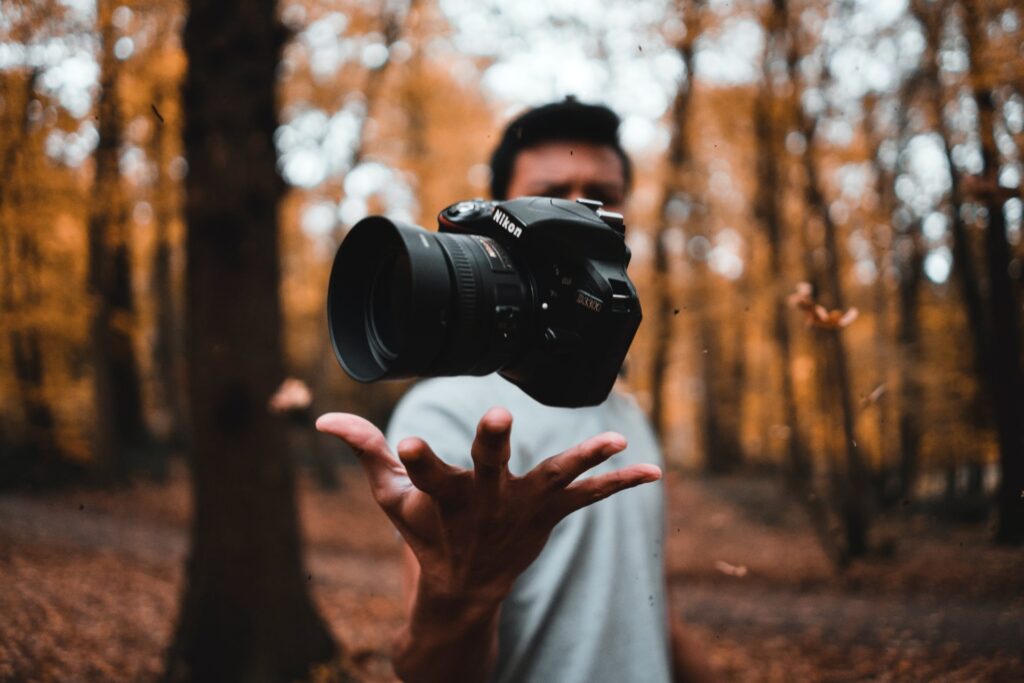
Introduction
Composition is a fundamental aspect of photography that plays a crucial role in creating captivating and visually impactful images. One key element of composition is framing, which involves strategically placing and arranging elements within the frame to enhance the overall aesthetic and convey a specific message. In this blog, Dr. Michael Hilton will delve into the artistry of photographic framing, exploring various techniques and approaches that can help photographers master composition and create stunning images that tell compelling stories.
1: Understanding the Power of Framing
Framing is not merely about capturing a subject within the boundaries of the photograph; it is about using elements within the scene to guide the viewer’s gaze and create visual interest. By skillfully incorporating objects, lines, or natural elements like archways or windows, photographers can draw attention to the subject, add depth, and create a sense of context and narrative. Understanding the power of framing allows photographers to guide the viewer’s experience and evoke specific emotions or reactions.
2: Compositional Techniques for Effective Framing
Several compositional techniques can be employed to create effective framing in photography. The rule of thirds, for instance, involves dividing the frame into a grid of nine equal sections and placing the subject or key elements along the intersecting lines. This technique adds balance and visual interest to the image. Leading lines, such as roads, fences, or converging architectural features, can be used to guide the viewer’s eye towards the main subject. Framing within framing, where a prominent element in the scene frames the subject, creates layers and adds depth to the composition.
3: Incorporating Natural Elements for Framing
Nature provides abundant opportunities for creative framing in photography. Using natural elements like trees, branches, or foliage to frame the subject adds a sense of depth and dimension to the image. Additionally, architectural structures, such as doorways, windows, or arches, can serve as natural frames, drawing attention to the subject and providing a visual context. By incorporating these elements strategically, photographers can create a harmonious relationship between the subject and the surrounding environment.
4: Experimenting with Unconventional Framing
While traditional framing techniques are effective, photographers should also embrace experimentation and think outside the box. Unconventional framing techniques can add a unique perspective to the image and spark creativity. This could involve using unexpected elements as frames, such as silhouettes, reflections, or even the negative space itself. By challenging conventional notions of framing, photographers can create visually intriguing compositions that stand out and evoke a sense of curiosity and wonder.
5: Finding Balance and Simplicity
In the pursuit of mastering composition and framing, it is important to find balance and simplicity. Avoid overcrowding the frame with too many elements that can distract from the main subject. Instead, focus on creating a harmonious composition that directs the viewer’s attention to the intended focal point. A simple, uncluttered frame allows the subject to shine and strengthens the impact of the overall image.
Conclusion
Mastering the art of photographic framing is a journey that requires a keen eye, creative vision, and a deep understanding of composition. By exploring various techniques, incorporating natural elements, and experimenting with unconventional framing, photographers can elevate their images to new heights. The artistry of photographic framing allows photographers to create visually captivating images that tell compelling stories, evoke emotions, and leave a lasting impression on viewers. With practice and a passion for composition, photographers can master the art of framing and unlock the full potential of their photography.